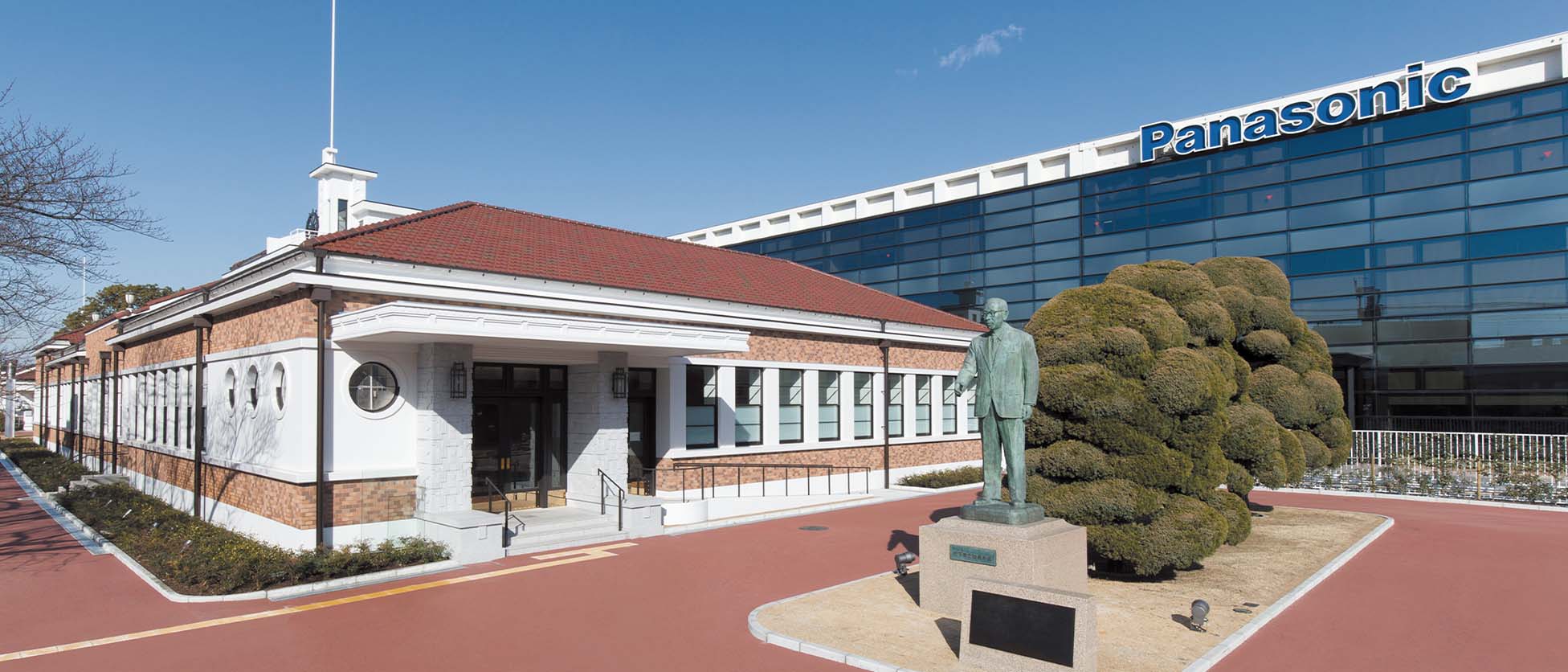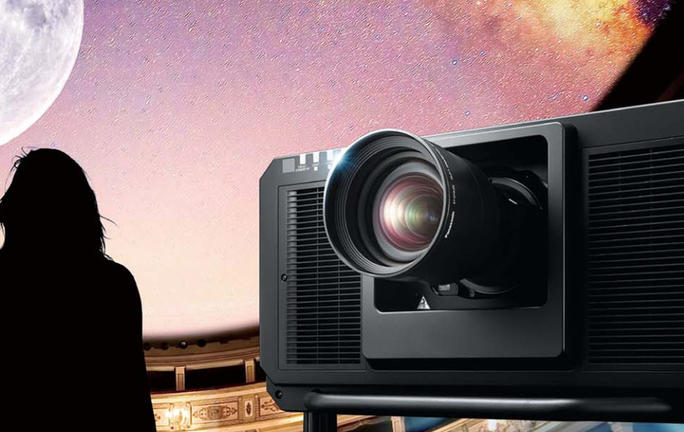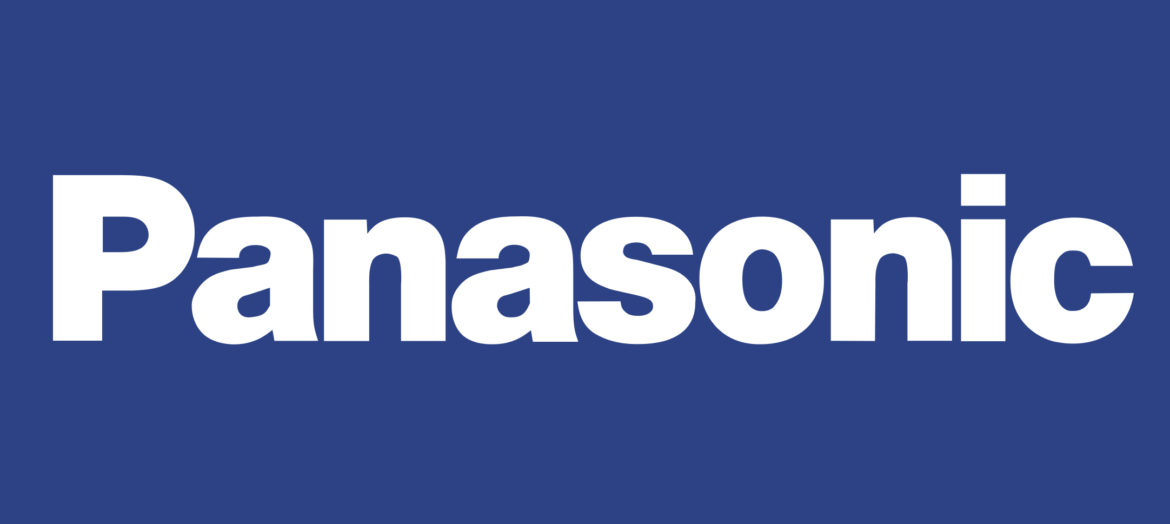Why Choose Panasonic?
Panasonic has been manufacturing products that make life better for more than 100 years. The company offers a huge line of products that includes televisions, mobile phones, personal computers, cameras and broadcasting equipment as well as projectors. The latest Panasonic projectors are lighter, brighter and longer-lasting thanks to their laser technology, and they are the projecting solution of choice for corporations, schools, universities and event organizers. If you are looking for a product that features the latest technology and was made by one of the most respected names in electronics, it’s worth your while to consider a Panasonic projector.
History
Panasonic has grown from humble beginnings to become Japan’s largest electronics manufacturer. The company, which was originally called the Matsushita Electric Industrial Company, now employs more than 300,000 people around the world, but its early days were far from easy. Founded in 1918, Matsushita sold a light bulb socket as its first product. The company added a line of bicycle lamps in 1927. Now known as Panasonic, it makes just about every kind of electronic device imaginable and operates production facilities in Asia, Europe and North America. In this section, we will take a look at this remarkable company and the visionary entrepreneur who launched it.
Founding and Milestones

The company we know today as Panasonic was founded in 1918 by a Japanese electrical inspector named Konosuke Matsushita. When streetcars began to appear in Japanese cities, Matsushita realized that the world of the future would be powered by electricity. The budding entrepreneur wanted to seize the opportunities that this new power source would create, so he applied for a job at the Osaka Electric Light Company. This proved to be a wise decision. Matsushita excelled in his new position and was soon promoted to the post of electrical inspector, which was the highest position a technician could aspire to.
Matsushita had risen as far as he could, and he quickly became frustrated with his situation. He developed a novel new light bulb socket in his spare time, but his employers were not interested in producing it. Matsushita decided that this was his moment, so he resigned from his position and used the 100 yen that he had managed to save to start his own business. The entrepreneur made his first products in a tenement basement, but his company soon moved into a two-story house. A production workshop was set up on the ground floor, and the company quickly earned a reputation for quality products and low prices. By 1922, Matsushita has saved enough money to build a factory for his growing business.
Matsushita’s company took a proactive approach to marketing as well as manufacturing. When wholesalers refused to stock Matsushita Electric bicycle lamps because they did not believe they could run for up to 40 hours without recharging, the entrepreneur decided to approach bicycle shops directly. This led to a flood of orders and greatly increased the company’s profile. This experience made Matsushita realize that a great product was of little use if nobody bought it, so he looked for ways to create sales channels for his company. This led to the opening of a chain of retail stores, which really put the Matsushita Electric Industrial Company on the map.
After Japan was defeated in World War II, the Allied authorities broke up many of the country’s largest business conglomerates. Matsushita Electric was originally on the list of organizations earmarked for this treatment, but its name was removed after General Douglas MacArthur received a petition signed by 15,000 workers. Many of Matsushita’s fiercest competing companies were broken up, so MacArthur’s reprieve paved the way for future success.
Matsushita visited the United States in 1961 to discuss a deal to manufacture televisions. The talks went well, but there was a problem. Matsushita’s products were sold under the brand name National at the time, but that trademark was being used by another company in the United States. The entrepreneur was able to close the television deal, but he would not be able to use his brand name on products sold in America. This led to the creation of the Panasonic brand that we all know today. Before long, store shelves in the United States were filled with televisions, refrigerators, blenders, microwave ovens and rice cookers, all bearing the Panasonic logo.
Production and Manufacturing
Panasonic products have always been on the cutting edge. The company’s first bicycle lamp provided illumination for 40 hours when other lamps only lasted for two or three hours, and its latest electronics line includes the first laser projector to offer both 50,000 lumens and native 4K resolution. Panasonic is also the world’s largest producer of electronic goods, and its many manufacturing innovations have helped other companies to reap the benefits of robotics and automation.
Products

Panasonic makes some of the most sophisticated projectors on the market. The company has been awarded over 140,000 patents and was the world’s top patent recipient for three consecutive decades, so this level of technology should not be surprising. Panasonic started making and selling projectors 35 years ago, and its products have become renowned for projecting extremely bright and sharp images. Panasonic projectors are now used by Fortune 500 companies, famous museums and the world’s most prominent universities. They have projected images at global events including opening and closing ceremonies at the summer and winter Olympic Games.
Panasonic large venue projectors are an ideal choice for fixed installations because they are packed with features that maximize performance. A large selection of lenses makes a wide range of throw distances possible, and a dual engine light source and proprietary cooling system manage internal temperatures and protect delicate components. Panasonic’s product line includes fixed installation projectors with geometric adjustment and edge blending features that can project an image on extremely wide or curved screens, and the company also offers interactive short-throw projectors as an alternative to traditional whiteboards.

Projectors are often used for many hours, and some run around the clock. This means reliability is essential. Panasonic’s dual- or quad-lamp systems are engineered to run continuously 24 hours a day with very little downtime, and the company’s laser projectors are virtually maintenance-free. Panasonic is able to offer this kind of durability because every projector is tested thoroughly. Before a Panasonic projector leaves the factory, it is operated in extreme environmental conditions and examined for defects. In addition to manufacturing outstanding products, Panasonic makes owning and running a projector much less stressful. Panasonic projectors are extremely flexible and easy to install, and replacing lenses is easy and inexpensive because new models are backward compatible.
While Panasonic is best-known for its fixed large venue projectors, the company also offers portable projectors and extremely capable space player projectors. Its portable units have compact designs, excellent color quality and wireless functionality, and the company’s space player projectors mix ambient illumination with customized spotlighting to give still images and moving pictures real pop. Space player projectors can even be networked and controlled from a browser to give the audience a unique experience.
Few things can derail a presentation or event as quickly as a faulty or broken projector, but this kind of problem is rare with Panasonic products. The company’s remote CARES system monitors projectors from the cloud and can tell when a part is nearing the end of its service life and should be replaced. This makes preventive maintenance possible, maximizes uptime and saves money.
Whether you are looking for a high-lumens projector to install in a large venue or a portable model to use instead of a whiteboard, Panasonic probably has a product that meets or exceeds your needs and will provide years of trouble-free service. If you would like to learn more about Panasonic projectors and their advanced features, you will find the information you seek on our main projectors page.
Manufacturing

Panasonic projectors are designed and manufactured in Osaka, Japan at the company’s factory headquarters. The state-of-the-art facility is ISO 9001 and 14001 certified, which means that it meets or exceeds strict international standards for quality control and environmental management. Autonomous machines attach parts and solder joints almost silently in the assembly area, and they are constantly monitored by highly skilled technicians.
Advanced manufacturing is becoming increasingly reliant on digital technology, robotics and automation, which are all areas where Panasonic shines. This has given the company the expertise to develop its own line of production machines that make the most of the latest manufacturing breakthroughs. The Osaka factory is equipped with machines that can communicate with each other and alert their operators whenever problems are detected, and the facility’s communications system provides supervisors and executives with important production information in real time.
The success of these machines led to Panasonic forming a new Factory Solutions division. This division sells and installs cloud-connected autonomous and semiautonomous manufacturing equipment to other electronics manufacturers, and it has been very successful. In 2016, the Factory Solutions Company of America opened an innovation center in Buffalo Grove, Illinois, called cloud9 to show manufacturers what automation and robotics could do for their bottom lines.
To ensure that product quality meets the company’s rigorous standards, projectors are randomly pulled from the production line and subjected to a barrage of tests. The devices are dropped, shaken and exposed to dust and debris, and they are then run continuously for 72 hours in temperatures ranging from minus 40 to 212 degrees Fahrenheit.
Key Facts
When it comes to projecting moving images, the film and television industry leads the way. Movie and TV production companies use the most advanced cameras, projectors and video technology available, and the devices they choose often bear the Panasonic logo. If you want to get an idea of just how dominant Panasonic is in this area, all you have to do is look at this long list of Emmy Awards the company has won:
- 1979: Technology and Engineering Emmy Award for outstanding achievement in digital production techniques
- 1985: Technology and Engineering Emmy Award for introducing time shift recording
- 1990: Technology and Engineering Emmy Award for automated or robotic record playback video technology for large libraries
- 1992: Technology and Engineering Emmy Award for ½ inch composite digital video tape recording technology
- 1992: Technology and Engineering Emmy Award for digital video processing in color TV cameras
- 1993: Technology and Engineering Emmy Award for pioneering developments in digital video production switcher technology
- 1994: Technology and Engineering Emmy Award for pioneering developments in micro-lens technology for CCDs used in ENG cameras
- 1995: Technology and Engineering Emmy Award for pioneering developments in half-inch component digital video recording technology
- 1997: Technology and Engineering Emmy Award for the development of the AJ-LT75 DVCPRO laptop editor
- 1998: Technology and Engineering Emmy Award for high-definition intra-field compression adapter technology
- 1999: Technology and Engineering Emmy Award for broadcast quality digital recording technology
- 2000: Technology and Engineering Emmy Award for the development of DVD technology
- 2001: Technology and Engineering Emmy Award for video format up and down image conversion with color space
- 2002: Technology and Engineering Emmy Award for the development of consumer camcorders
- 2008: Technology and Engineering Emmy Award for the development of a practical variable frame rate video acquisition camera
- 2010: Technology and Engineering Emmy Award for the development of HDMI
- 2011: Technology and Engineering Emmy Award for blue laser optical systems for consumer playback
- 2013: Technology and Engineering Emmy Award for pioneering the development of removable solid-state media for video cameras
Warranty Information
All Panasonic projectors are backed by warranties, but the length of time the coverage lasts varies from model to model. All projectors are protected against defects in materials or manufacturing for two or three years, but coverage on models that are used frequently may end sooner. Home theater LCD projector warranties end after two years of 2,000 hours of use, and portable short-throw models are covered for three years or 2,000 hours of use. Single- and multi-lamp projectors are covered for three years with no time limit. If you want to know about a particular model’s warranty, visit Panasonic’s https://na.panasonic.com/us/support/projector-warranties projector warranty page.
Not every component in a Panasonic projector is covered for the entire length of the warranty. Parts that may have shorter warranties include lamps, fan motors, cables, remote controls and batteries. Only consumers who purchase projectors new from authorized Panasonic dealers are covered by the projector warranty, and the coverage is not transferable. Panasonic projector owners who require warranty service can contact the company by email or by calling (800) 772-8324. Projectors that require repair can be mailed to Panasonic or dropped off at one of the company’s service centers. Panasonic will cover the shipping costs for projectors sent by mail.
Panasonic Appliance Parts
Panasonic does not have a dedicated parts website, but many items can be ordered on the company’s main projector web page. To find them, just click on the “Projector Accessories” tab. Parts that you can order from the website include:
- Screen adjustment software
- Zoom, fisheye, fixed focus and short throw lenses
- Motor covers
- Mounting brackets
- Replacement filters
- Replacement lamps
- Projector frames
Check Out More Panasonic Content From TheProjectorExpert
If this look at Panasonic projectors and the company that makes them has left you wanting to know more, TheProjectorExpert has plenty of other content that you will probably find interesting. Our in-depth reviews are perfect if you want to learn how to choose a projector, and our product roundups could help you find the perfect model in a vast product lineup. We also have recall and press release pages that contain the latest industry information.
Panasonic Projector Reviews
Most projectors look pretty good at first glance, but how will they perform after a few years of service? That is the kind of question our reviews are designed to answer. TheProjectorExpert reviews go beyond dimensions and specifications with comparison tables, warranty information and pros and cons, and they also include an overview of online reviews so that you can find out what other consumers are saying.
Panasonic Projector Roundups
If you like a projector manufacturer but have not settled on a particular model, our product roundups could help you to narrow down your options. TheProjectorExpert roundups are collections of brief reviews that contain all the basic facts and no filler. They decipher model numbers, compare specifications and tell you about the features that make each projector great.
Panasonic Press Releases
The Panasonic projector line is revised often, which means consumers who don’t do their homework could wind up purchasing an older model that has since been replaced or improved. Our press release pages are the place to go for the latest industry news, and they could help you to avoid a costly mistake. These pages also let you know about sales and rebates.
Panasonic Recalls
If a Panasonic projector is recalled because of a safety issue or manufacturing defect, we will let you know right away. Our recall pages will tell you the nature of the problem and what is being done to put things right. We also let you know the model numbers involved and when the products being recalled were manufactured.
Where to Buy
A lot of online and brick-and-mortar retailers stock Panasonic projectors, but not all of them offer great prices and service. If you want to save money on a projector and expect to be treated right, you should check out the following links:
Similar Brands
TheProjectorExpert covers all the biggest names in home and business projectors. If you decide that a Panasonic projector will not meet your needs, you may find a product from one of the other brands we review more suitable. Our website contains reviews and roundups of projectors made by companies including:
Online Presence
Panasonic has a comprehensive website that contains information about the company’s factory equipment and energy solutions as well as its consumer products. The company also has a significant presence on the most visited social media platforms. If you want to know more, just click on these links:
Contact Information
If you have a question about Panasonic projectors that only an authorized representative is able to answer, you can get in touch with the company in the following ways:
- You can call customer service on (800) 211-7262.
- You can fill out the online form on the website’s “Contact Us” page.
- You can visit the Panasonic shop https://shop.panasonic.com/support support center.

